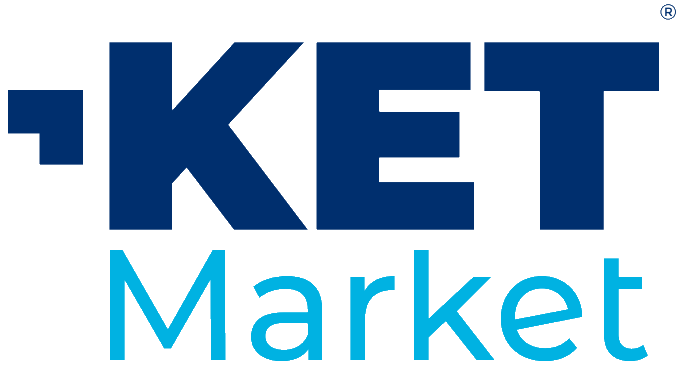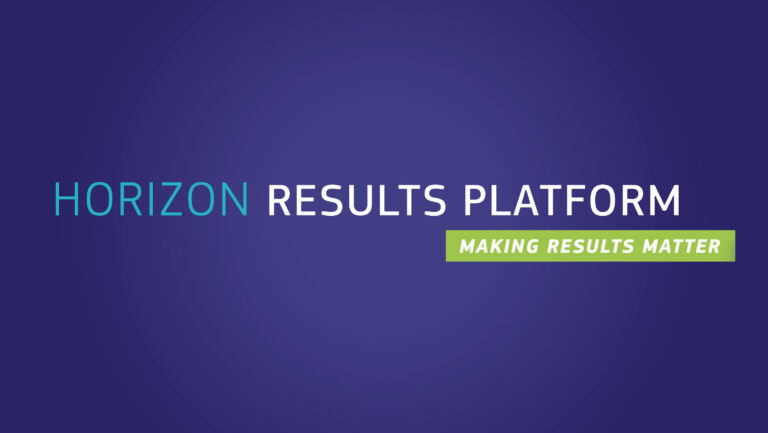Result description
We obtained a dynamic causal-descriptive model to estimate change in land demand for bioplastic materials at a global scale. The assessed change in land demand was translated it into global risk classes in line with the approach pursued in Europe through the Renewable Energy Directive.
A transparent, easy-to-use spreadsheet tool was realised ( http://www.star-probio.eu/results/ see SydiLUC) targeting bio-based materials makers, farmers and intermediate dealers. The spreadsheet make usable the results generated by the model thus emodying all its computing power.
Additionality and improved agricultural practices are included as well as the yields of bioplastics and the use of co-products.
At meso/macro-level of decision support we developed ILUC risk indicators for maize, sugar beet pulp, soybeans and bioplastic type.
An analysis of different policies of biomaterial production increase shows that there are levels of production that have negligible risk (thanks to increase in agricultural yields), but the complete conversion of plastics to bioplastic would result in very large land conversion (200-300 Mha, globally).
Addressing target audiences and expressing needs
- To raise awareness and possibly influence policy
- Fellowship to advance my/our research
Fellowship or collaboration required for expanding the model and the underlying crop database feeding the model. Modelling expansion: link between soil erosion and crop yields. Model tailoring: development of results at country level.
Raise awareness: further outreach initiatives addressing the appropriate policy-making and technical centers; collaboration with the IPCC experts to include modelled ILUC effects into the global warming of 1.5 °C pathways and namely on the deployment of Bio-Energy with Carbon Capture and Storage (BECCS) and other climate mitigation strategies.
- EU and Member State Policy-makers
- International Organisations (ex. OECD, FAO, UN, etc.)
- Academia/ Universities
R&D, Technology and Innovation aspects
The software and the tool have been demonstrated thanks to the data provided by large companies and can be seen and tested at the indicated website. However, the tool still needs to be used by a pilot group of advanced users. A publication about the modelling is expected by end of year 2020.
Result submitted to Horizon Results Platform by ALMA MATER STUDIORUM – UNIVERSITA DI BOLOGNA

